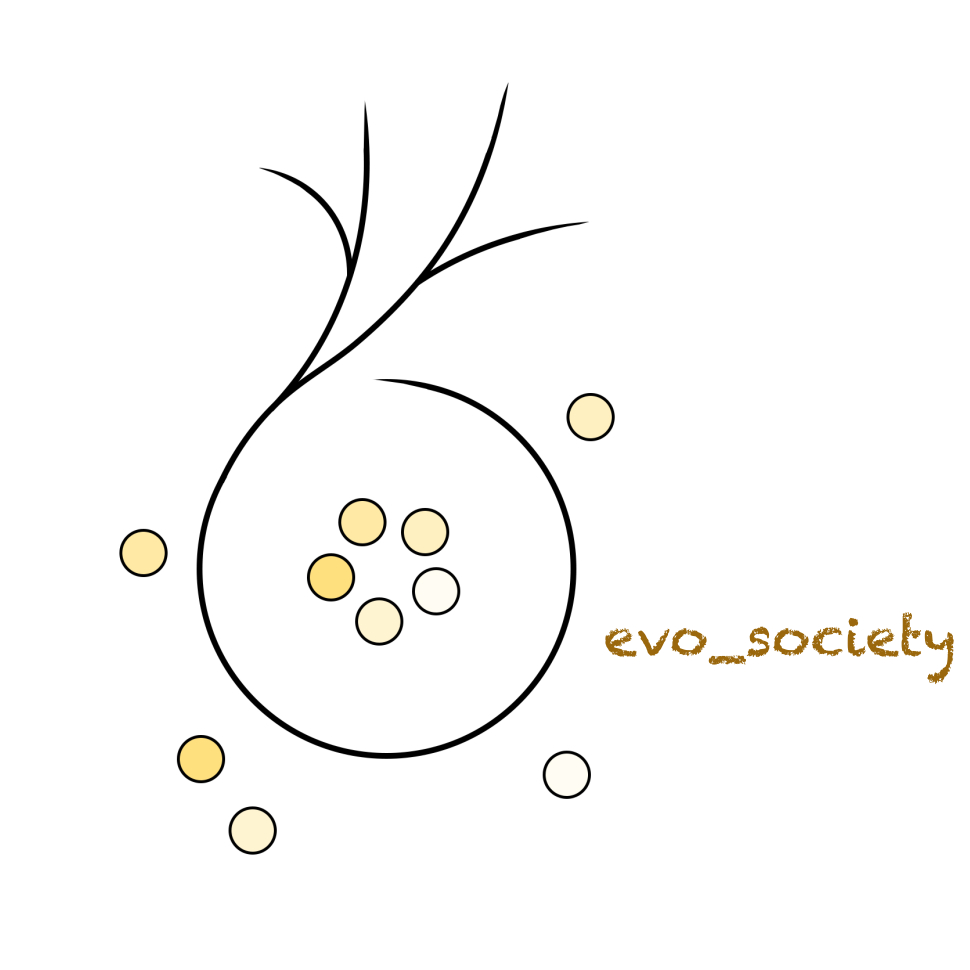| An organism’s environment is not only composed of inanimate physical-chemical conditions, but also of the other (living) organisms around it. Every organism lives and evolves alongside other organisms, which form part of its environment. This is why nature exhibits such a widespread pattern of interdependence and symbiotic conditions between different groups of organisms working together in coordination for their metabolism, survival, and reproduction. Human societies originally developed as a product of coexistence and interaction between different groups of people, whose relations are constantly put to the test, after a fashion, in terms of symbiosis, extroversion, material and mental exchange, and evolutionary dependence. In our time, significant human migrations, the technological revolution and globalization pose new problems constantly calling for answers and solutions, to keep the total in good working order. The pattern of five small spheres within and without the central circle is based on the idea that systematic interaction during the evolution of simpler units (which could be molecules, genomes, cells, organisms or even entire groups of organisms) leads, in time, to the formation of a more complex organized total behaving as a new evolutionary unit of a higher organizational degree. This idea was put forward by John Maynard Smith and Eörs Szathmáry (in their book: Major transitions in evolution, 1995) in an attempt to define and interpret, in a concise way, the major milestones in the evolution of life on Earth. |
 |


